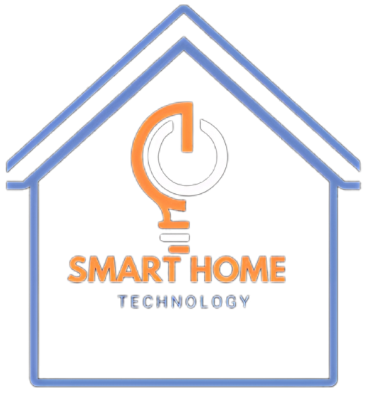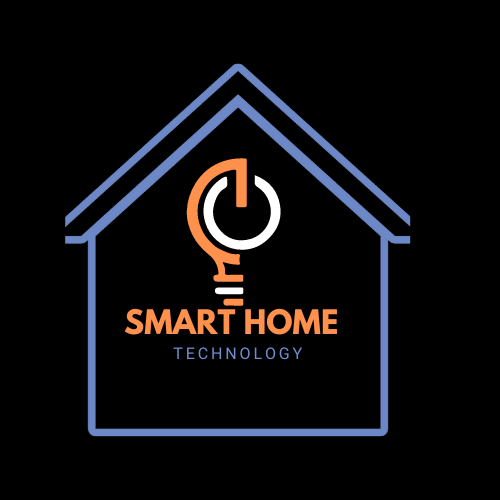By allowing hands-free control, voice commands, and tailored solutions for the elderly and people with disabilities, smart assistants will help to increase accessibility at homes in 2025.

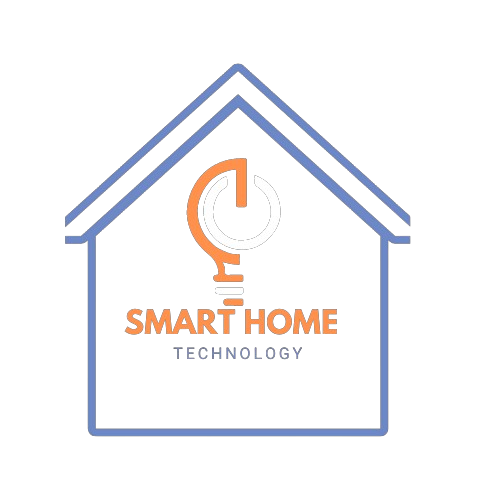
Table of Contents
Introduction
Have you ever considered how life-changing it can be to control your entire home with your voice? This isn’t just a nice feature for some people—it’s a big deal. I’m referring to people with difficulty moving, older adults who live independently, or anyone who finds regular household chores challenging.
Smart assistants like Alexa, Google Assistant, and Siri will improve in 2025 to make houses smarter and more accessible for everyone. My neighbor, Jim, has arthritis, and he told me that saying “Alexa, turn on the lights” really helped him enjoy his nights more. We don’t talk enough about mobility when we celebrate technology!
Let’s take a look at how smart helpers can help make homes easier to use, especially for those who need it the most.
What Are Smart Assistants and How Do They Work?
Okay, let’s simplify this. A smart assistant is an AI virtual helper on your devices like smartphones, speakers, and TVs, always ready to take orders. It’s like having a helper who listens, reacts, and takes care of things for you without fancy clothes. Assistants like Amazon Alexa, Google Assistant, and Apple’s Siri have changed the use of technology.
How They Work: The Basics.
Smart assistants rely on artificial intelligence (AI), notably natural language processing (NLP). This is how it works.
- You Speak a Command: Say, “Alexa, turn on the living room lights.”
- Voice Recognition: The assistant picks up your voice using built-in microphones. They’re designed to recognize “wake words” (like “Hey Google”) and know when to start listening.
- Processing the Command: The assistant sends your request to the cloud, where advanced algorithms analyze it. This step is lightning-fast and involves understanding your words, intent, and context.
- Action Time: Once the assistant knows what you want, it sends instructions to the connected device—such as a bright light bulb or thermostat—and it’s done!
It sounds simple, but tech magic abounds behind the scenes. These assistants use machine learning to acquire knowledge over time, improving their comprehension of your preferences, speech patterns, and habits.
Where They Live: Devices They Power
Here’s where things get exciting. Intelligent assistants aren’t just in your phone or smart speaker anymore. They’re showing up in:
- Smart Speakers: Amazon Echo, Google Nest, Apple HomePod.
- Smart Displays: Like the Echo Show or Google Nest Hub. These add visual elements like calendars, recipes, or even video calls.
- Home Devices: Thermostats, lights, TVs, and appliances.
- Wearables: Think Apple Watch or Samsung Galaxy Watch, where assistants help on the go.
- Cars: Many vehicles now integrate assistants for hands-free navigation and calls.
For instance, my intelligent assistant assists me with everything from reminding the kids to go to bed to making coffee in the morning (thanks to my innovative coffee machine!). It’s similar to having a brain that recalls everything you forget or an additional pair of hands.
The Tech Behind the Magic
If you’re a tech nerd like me, you might wonder, “How does it get so smart?” Here’s the gist:
- AI and NLP: Natural language processing helps the assistant understand what you’re saying and what you mean. For example, if you say, “What’s the weather?” The assistant knows you’re asking about the weather in your area.
- Voice Recognition: They recognize who’s speaking (even distinguishing between voices in the house) and can personalize responses. “Hey, Alexa, add milk to my shopping list” works differently for me than my partner.
- Cloud Computing: Your commands go to massive data centers where they’re analyzed and executed. The cloud also stores info like your favorite music playlists or frequent commands.
- Machine Learning: Over time, machines learn patterns. For example, if you always ask for the news at 8 a.m., the assistant might suggest automating the process.
What Makes Them So Useful?
It’s the ease of use and effectiveness. Smart assistants eliminate the need to fumble with switches, remote controls, or even apps. Simply say it, and it’s finished. They improve accessibility for those who cannot physically interact with gadgets or make multitasking more straightforward, such as asking for a recipe. At the same time, your hands are covered in flour.
For instance, in the mornings, I shout, “Hey, Google, what does my day look like?” as I rush to get everyone ready. It reacts by playing my favorite pump-up track and providing traffic reports and calendar events. It acts as a tiny, industrious helper to keep my disorder under control.
Limitations: What They(smart assistants) Can’t Do (Yet)
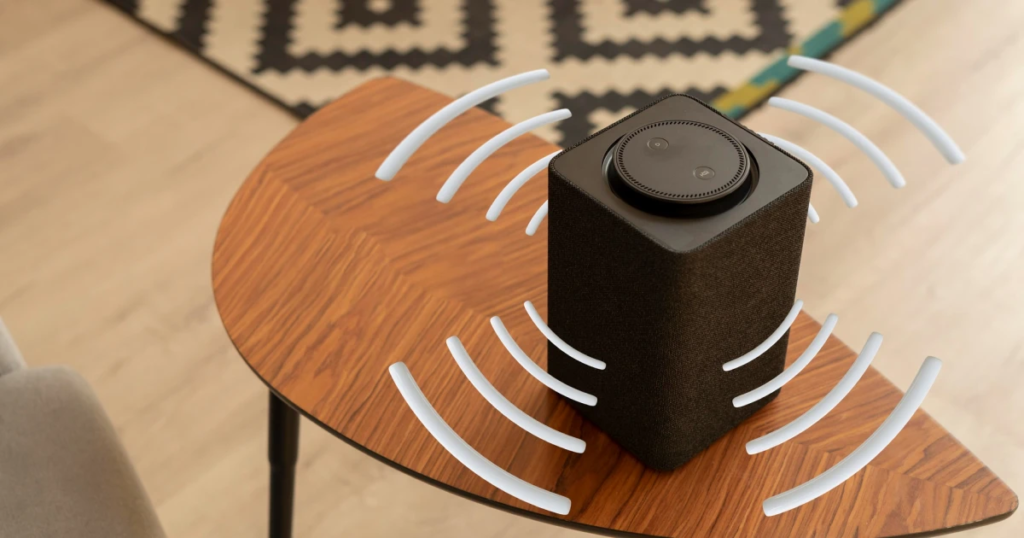

But let’s be real—they’re not perfect.
- Misunderstandings Happen: If I have a cold or background noise, it might misinterpret my command. “Turn on the fan” once turned into “play funk music”—which wasn’t what I needed then.
- Privacy Concerns: A device listening 24/7 can feel… invasive. However, you can adjust privacy settings to limit data collection.
- Dependency on the Internet: If your Wi-Fi is down, forget about it. Most commands will not work without internet access.
Still, despite their quirks, these assistants are constantly improving. The convenience outweighs the occasional hiccup.
If you’re unsure about getting one, here’s my advice: Begin with something small. Maybe a simple smart speaker. Try using features like controlling lights and setting notes, and soon, you’ll wonder how you got by without them. They’re not just tools; they have become essential to our everyday lives.
Accessibility Benefits for People with Disabilities
- Hands-free control for individuals with limited mobility.
- Simplifying everyday tasks through voice commands.
- Enhancing independence for visually or hearing-impaired users.
When I first saw how intelligent assistants could assist people with disabilities, I was honestly stunned. My cousin Sarah, who uses a wheelchair, shared with me how tiring it is for her to move around her house to turn on lights or get her phone. Here comes Alexa. She set up speech commands like, “Alexa, dim the lights in the living room,” and “Alexa, play my evening playlist.” Now, she could manage her home without getting up from her seat.
One of the best benefits is that you can control it without using your hands. These helpers can perform tasks like starting a coffee maker or locking the front door, so you don’t have to do them yourself. This is especially helpful for people with weak upper-body strength or trouble using their hands. Also, there are countless integrations, such as smart blinds, ovens, and pet food.
It’s not only about making things easier; it’s also about respect. Sarah once said, “I feel like I can finally manage my home without asking for help every five minutes.” That really struck me because connectivity is all about giving people power.
For people who can’t see well, assistants like Google Assistant give spoken updates, such as “Your oven timer is set for 30 minutes” or “The front door is unlocked.” Apps like Be My Eyes work with helpers to provide immediate help from volunteers.
However, the truth is that no technology is perfect. Sarah said some orders sometimes may not work because of background noise or unclear speaking. Here’s my suggestion: Be patient. Try changing your wording or making sure your space is quiet. A little bit of problem-solving can make a big difference.
If you or someone you know has a disability, competent helpers can make life easier. They are not just devices but valuable tools that help people live more independently and perform everyday tasks more efficiently.
How Seniors Benefit from Smart Assistants
- Reminders for medications and appointments.
- Emergency features like voice-activated calls or alerts.
- Reducing isolation with interactive features.
When my grandma first got an intelligent assistant, she called it “magic.” And for seniors, it is! Competent helpers provide the support that makes aging in place more manageable and safer. For example, my grandma uses Alexa to tell her to take her heart medication every morning at 8 a.m. without fail. Before, she used sticky notes, but they often ended up stuck in odd places, like on the fridge.
These gadgets can also be used for safety. Seniors can say, “Hey Google, call 911” if they fall or feel sick. You can use them without your hands and just by talking, so you don’t need to search for your phone. Also, tips to family members when something goes wrong provide extra peace of mind.
One crucial point is how competent helpers can help fight loneliness. My grandma enjoys asking Alexa for jokes and the weather; it has become a regular part of her day. Sometimes, she plays quiz games or listens to her favorite classical music. These exchanges may seem minor, but they can help seniors feel connected and entertained, especially those who live alone.
However, there are difficulties. My grandma initially had trouble getting Alexa to understand her voice. Helpful tip: Take time to set up the assistant correctly, especially for older users who may prefer simple directions like “turn on lights” instead of “activate living room lamp.” A little bit of personalization makes a big difference.
Intelligent assistants are more than gadgets for seniors—they’re friends and lifesavers in one sleek package.
Common Challenges and How to Overcome Them
- Language barriers and accents with voice commands.
- Privacy concerns and data security in smart devices.
Let’s be honest: competent helpers are great but not flawless. What’s a big challenge? Recognizing different languages and ways of speaking. My friend Ravi has a strong accent, and once, he spent 10 minutes trying to get Alexa to turn off his bedroom lights. It kept saying, “Sorry, I didn’t hear that.” I know it’s frustrating. If this happens, change the assistant’s language or pronunciation training in the app. Most smart assistants now let you add custom voice settings, a total game-changer.
Privacy issues are also a significant concern. Some people are concerned that their intelligent assistants are always listening. Although these devices are always on, they should only start recording when you say a specific wake word. It’s a good idea to check your privacy settings and turn off features you don’t need. This can help you feel more secure.
Another usual problem is connection. It’s frustrating when your assistant says, “I can’t connect right now,” while you’re trying to open the front door! A reliable Wi-Fi link is essential. I suggest getting a good router or a mesh Wi-Fi setup, especially if you have a big house.
Top Smart Assistants and Devices to Consider in 2025
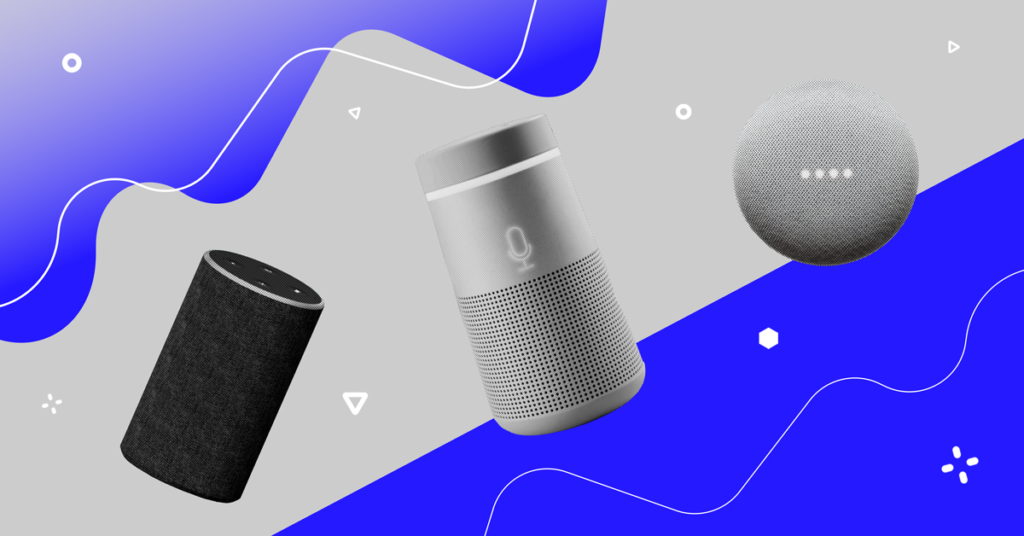

Choosing the right intelligent assistant can feel like picking a needle out of a haystack—there are so many choices! Let me share what I learned from my experiences and some buying mistakes.
If you want something flexible, Alexa is still the best choice. Amazon’s Echo devices work with more smart home gadgets than any other brand. My friend Mark uses an Echo Show in his kitchen to follow recipes without touching anything. He just says, “Alexa, show me a lasagna recipe,” and the step-by-step steps appear on the screen. The Echo Show can also be used for video calls, making it great for keeping in touch with family.
Google Assistant on devices like the Google Nest Hub is great for having a natural chat. It’s better at answering odd questions, like “What’s a natural way to get rid of weeds?” (I’ve asked this question too many times). Google works well with Android devices, making it a great choice if you already use Google services.
Apple’s Siri is available on the Apple HomePod. If you have an iPhone, this is a great choice. It works well with other Apple devices but offers fewer smart home options than Alexa or Google.
SmartThings and Eufy Security cameras are good options for people who need accessible technology. These devices are designed for specific purposes, such as keeping your home safe or tracking energy use, and you can control them with any popular assistant.
Here’s a helpful tip: Consider what you need before purchasing. If you need help cooking without using your hands, choose a gadget with a screen, such as the Echo Show. The Google Nest Hub could be your best choice to improve search results. Check if the new tool works with your current smart devices. There’s nothing worse than getting something that doesn’t fit into your setup!
There are many choices, so there’s a great gadget for every home. You just need to find the one that is easy to access for your lifestyle.
Lastly, there’s the process of learning. Setting up and using these gadgets can be confusing for people who aren’t good with technology. What is the solution? Begin with something small. Start with one or two simple commands like “turn on the lights” or “play music.” Then, slowly add more orders as you go.
Every problem has an answer. You just need some patience and adjustments to make intelligent assistants work well.
Conclusion
Smart helpers are not just high-tech tools; they make homes safer and easier for everyone. From helping seniors live independently to empowering people with disabilities, these tools level the playing field.
Consider how a competent helper could benefit you or your family if you haven’t already. Begin with a smart speaker or one device, then gradually expand to a fully connected home. Accessibility and technology work well together, and investing in them brings freedom and peace of mind.
FAQs
Are smart assistants expensive to set up?
Not necessarily. Many basic devices, like the Echo Dot or Google Nest Mini, are affordable and can be expanded.
How secure are smart assistants for personal data?
Most companies use encryption to protect data, but reviewing privacy settings and disabling unnecessary features is wise.
Can smart assistants understand different languages or accents?
Many assistants support multiple languages and adapt to accents, but calibration might be needed for optimal performance.
Do smart assistants require a stable internet connection?
Yes, a stable connection is essential for them to work efficiently.
Can seniors easily learn to use smart assistants?
Absolutely! Most assistants have simple interfaces and can be taught through guided setups or tutorials.
